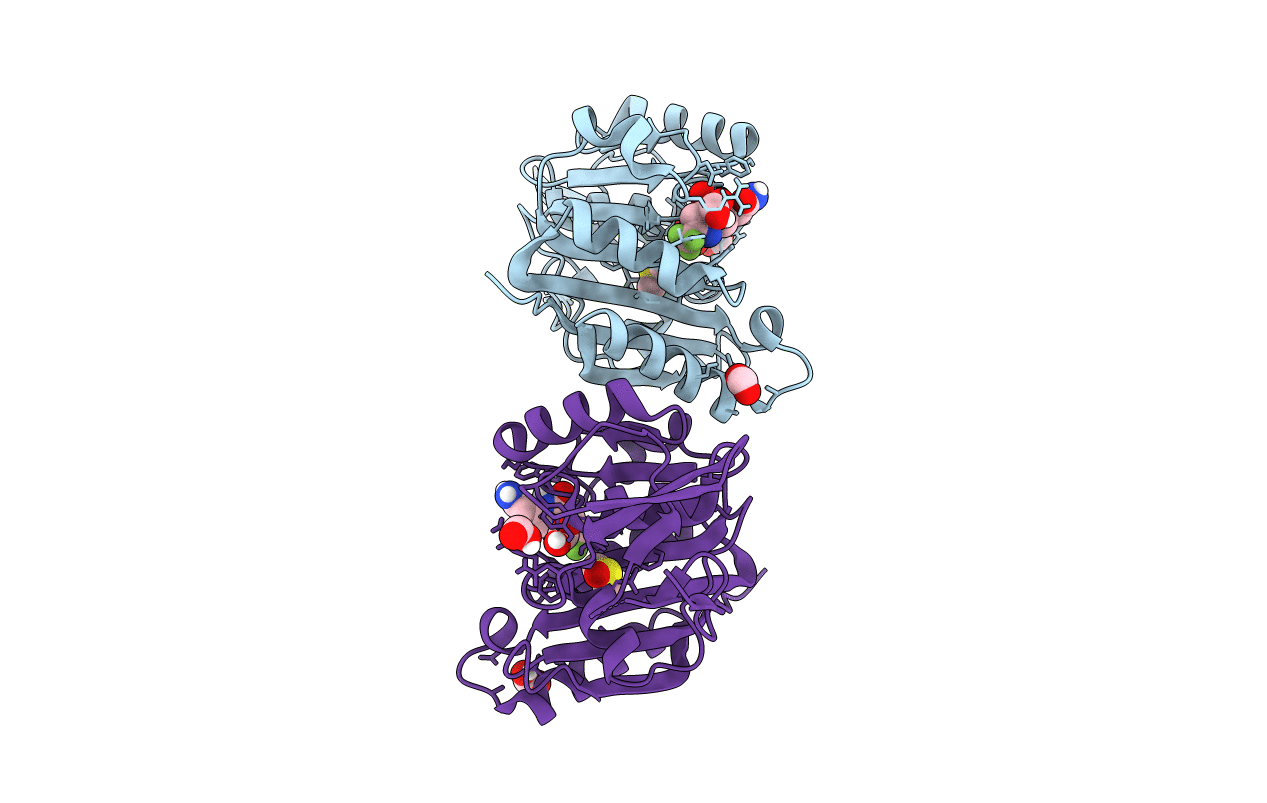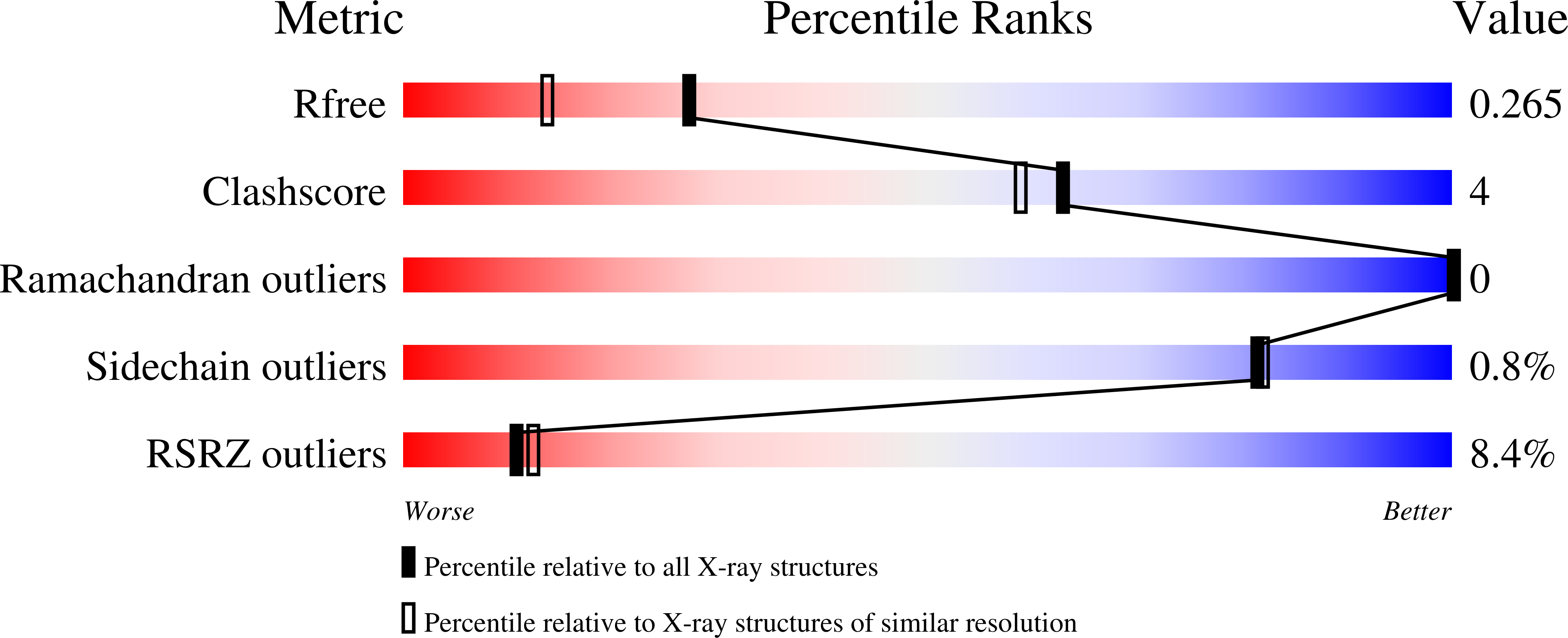
Deposition Date
2021-09-30
Release Date
2022-02-09
Last Version Date
2023-10-18
Entry Detail
PDB ID:
7SEC
Keywords:
Title:
Crystal structure of human Fibrillarin in complex with compound 1a
Biological Source:
Source Organism:
Homo sapiens (Taxon ID: 9606)
Host Organism:
Method Details:
Experimental Method:
Resolution:
1.90 Å
R-Value Free:
0.26
R-Value Work:
0.22
R-Value Observed:
0.22
Space Group:
P 21 2 21


